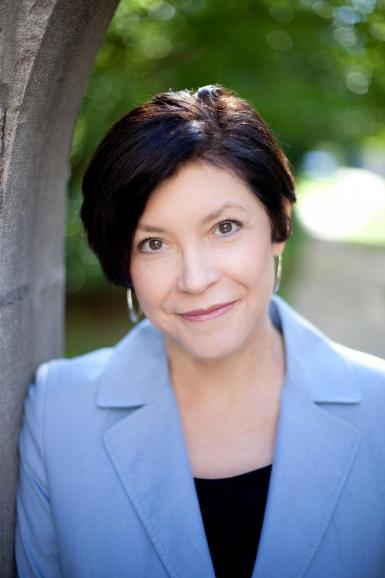Major previews framing book in research colloquium talk

The way a story is framed by journalists can affect the way the audience perceives the central issue, associate professor Lesa Hatley Major said in Friday’s research colloquium.
“Framing has its roots in psychology as well as sociology,” she said. “I was keenly interested in the effects of these frames.”
Diving into the effects of different frames is the focus of her new book, “Health News and Responsibility: How Frames Create Blame,” which she authored with Stacie Meihaus Jankowski, MA’09, PhD’15. The book is scheduled to be published at the end of the week.
The book describes two main types of frames: episodic frames, which focus on individual moments, people or stories, and thematic frames, which put an issue into a broader, more overarching context.
Originally, Major said, she wanted to focus on the framing of social issues in general, but in the end the topic was narrowed to health news, and the book became a comprehensive look at episodic and thematic frames and their effects over 25 years.
“We were able to kind of lay out, ‘This is what we know about frames,’” she said. “The most rewarding part about this process was stepping back and looking at the field as a whole.”
The research looked at producers of content, the content itself and the effects of the content, she said.
The key finding was that researchers need to work with journalists instead of just making sweeping recommendations, Major said.
“We need to spend time with journalists and look at their work and see how they’re using frames,” she said. “Journalists love individual, episodic stories, but maybe if we can get journalists to use these bigger, thematic frames, maybe they can have a bigger impact.”
In the future, Major said she thinks framing research could focus on practical implications for journalists and working to see what happens when stories use both episodic and thematic frames at once.
“Our next step in terms of future work is actually doing the work with journalists,” she said. “I’m coming at this with a researcher point of view, and I think we need to also come at it from a journalist point of view.”

